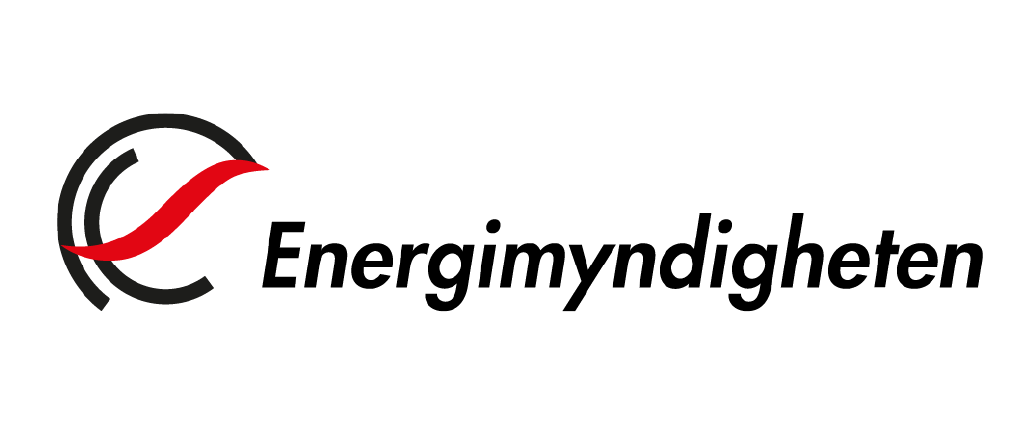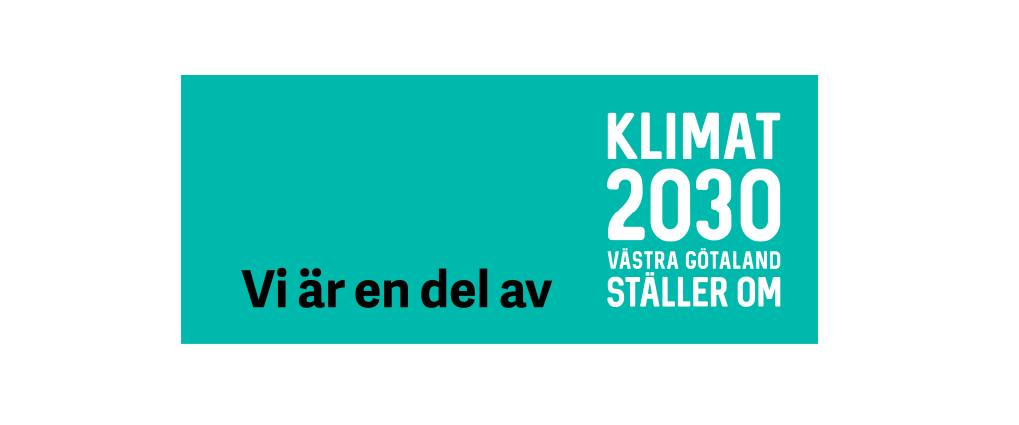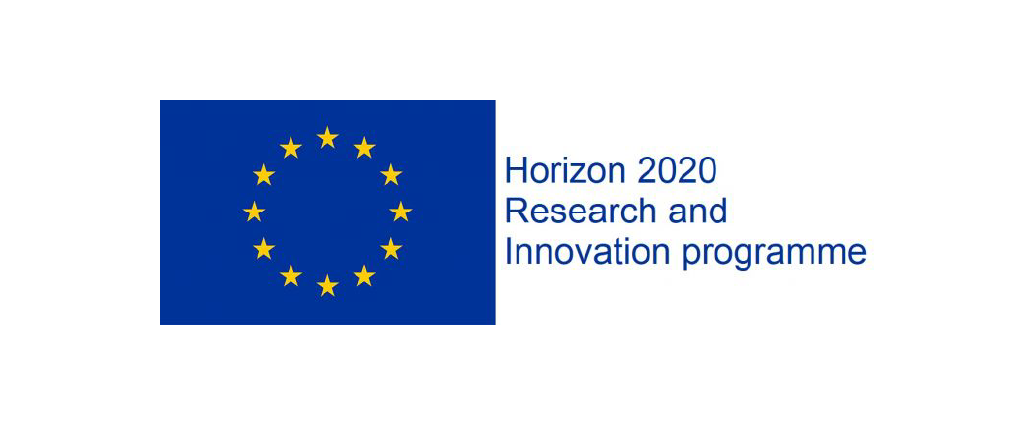Measurements of water use in eight dwellings, by quantity and time
- Utgivare: The eceee 2007 Summer Study, paper 6.284, La Colle sur Loup, France, 4-9 June, 2007
- År: 2007
- Författare: Anna Johansson, Åsa Wahlström, Tomas Berggren, Ulrik Pettersson
- Typ: Konferensbidrag
Reducing tap water consumption has considerable potential for reducing overall environmental impact. It not only saves fresh water, but also gives signifi cant savings of energy that would otherwise have been needed to heat hot water. However, in order to improve the energy effi ciency of building services systems and to help occupants act more energy-effi ciently, more knowledge is needed on how water is used in our homes. Today, we actually know very little about usage patterns from one tapping point to another, or the division between cold and hot water use, and this study aims to help provide appropriate information.
Measurement have been made of hot and cold water use at each tapping point in eight ordinary dwellings: four apartments in apartment buildings, and four single-family houses. The compositions of the households were basically the following categories; single, young couple, middle-aged couple and family with children.
This paper presents an evaluation of the fi rst measurement week of tap water use in the eight dwellings. The initial results show the following division of tap water use:
- wash basin: 23 %
- shower/bathtub 38 %
- kitchen sink 39 %
About 57 – 60 % of the total water quantity is hot water (note that cold water for toilet fl ushing or for laundry is not included in the total water use). The proportions between tapping points are very similar for the dwellings in the apartment buildings and single-family houses, but overall daily water consumption is considerable higher in the multi-family houses.





